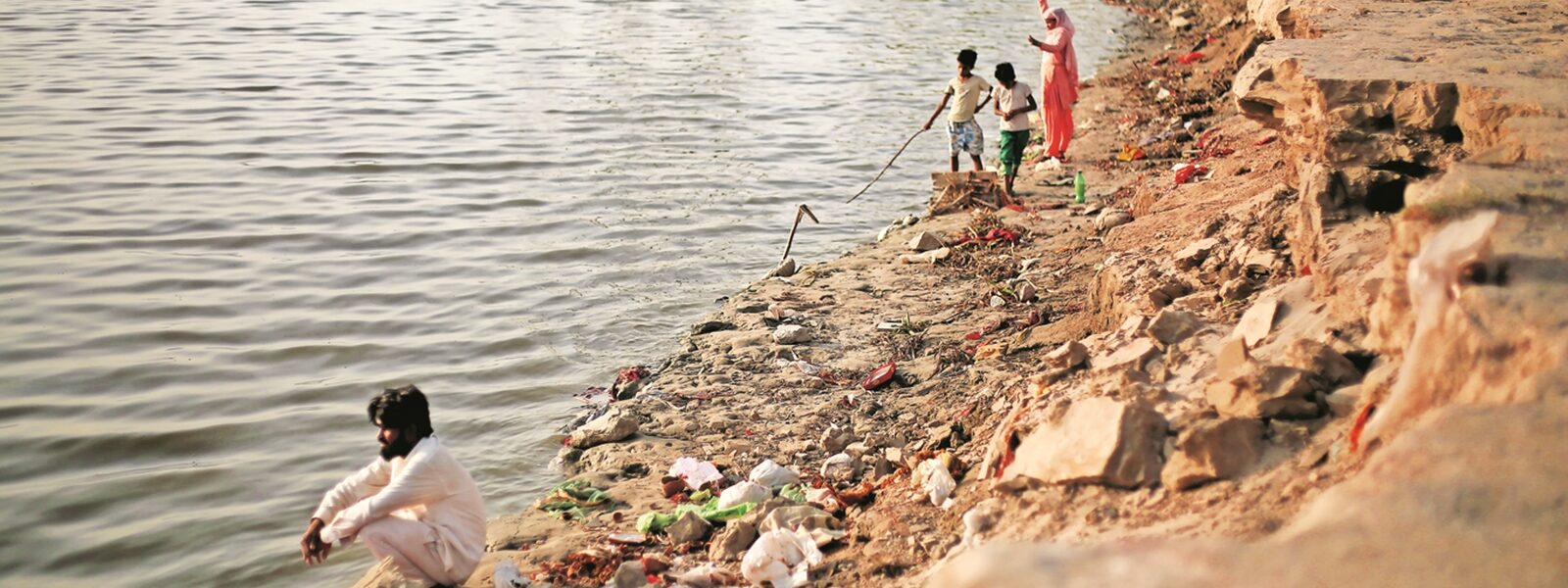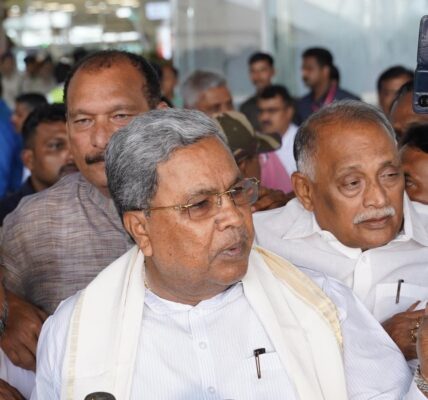From treatment plants to taps, why over half of city’s water goes missing in transit | Delhi News
Delhi may be pumping out over 900 million gallons of water from its water treatment plants, but less than half of this can be accounted for.
According to the Economic Survey of Delhi 2023-24, 58% of the water produced by the Delhi Jal Board is “non-revenue”.
But what does non-revenue water mean?
After water is pumped by water treatment plants, it goes to reservoirs and is ultimately transmitted to different parts of the city. Not all of it reached the destination, though, and some was lost in transmission. The difference between the water that leaves the water treatment plants and the water that is billed — domestic or commercial — or can be accounted for, is considered non-revenue.
It is either stolen or leaked. Across the globe, the average of non-revenue water is around 25% to 30%. In Delhi, official records say the percentage is much higher.
In 2021, of the 925 MGD of water produced on an average from April to December, only around 419 MGD was delivered to consumers and billed.
In 2020-21, the percentage of non-revenue water stood at 51%, up from 42% in 2019-20. The reason cited for high non-revenue water is “non-billing of consumers in quarter four of 2020-21 and quarter one of 2021-22 due to Covid-19 and non availability of billing agency.”
Where does this water go?
While a large amount is stolen by those operating water tankers, a significant amount is also lost because Delhi’s pipeline network is old.
“Because these lines are not laid in a dedicated corridor, leakages come forward only when there is a big road cave-in, or when water makes it to the surface and people start noticing. Several pipelines in Delhi are many decades old and are rotting,” said a senior Delhi government official on condition of anonymity.
But leakages in arterial pipelines, which are mostly above the ground, are rarely accidental, officials say.
“There are elements of unequal and unfair circumstances and criminality here. There are times when locals may not be getting adequate water for several days and out of compulsion they may loosen a few screws to release some water. But more probable is the private water tanker owners puncturing the lines to steal water,” the official added.
While losses in transmission are common across utilities, non-revenue water is among the biggest in terms of size, globally.
But why can the DJB not cut these losses?
Over the past few years, a project to install flow meters at different stages of distribution had been underway. Flow meters can indicate the difference in flow between two points. If the flow is measured at point A and falls by the time water reaches point B, it indicates a leak or pilferage between the two points.
The project is at the stage of implementation. A total of 2,715 flow meters were to be installed in the first phase, of which 2,691 were in place.
The project cost for all packages was Rs 224 crore. Another 1,537 meters are to be placed in phase 2, which is underway.




